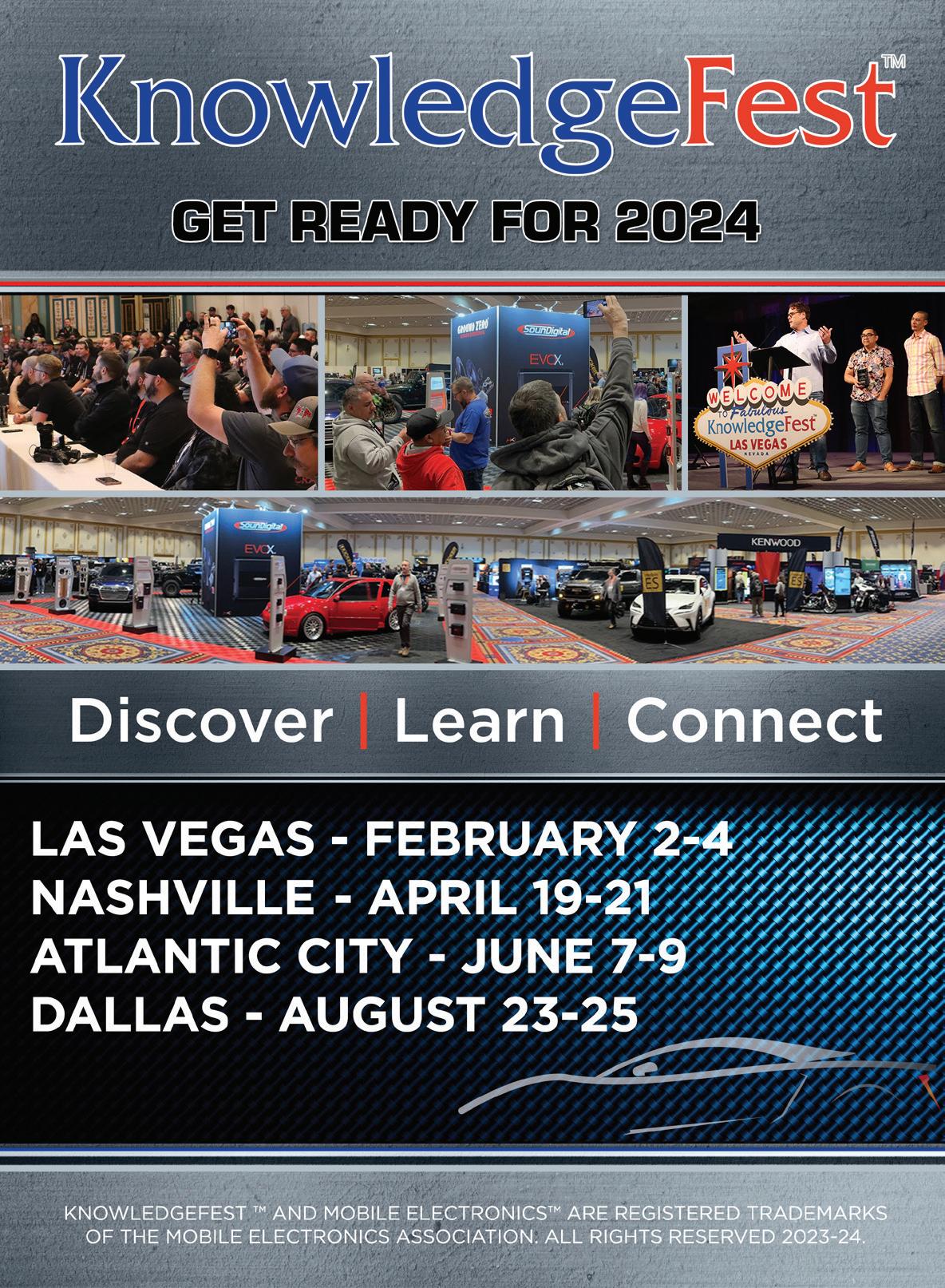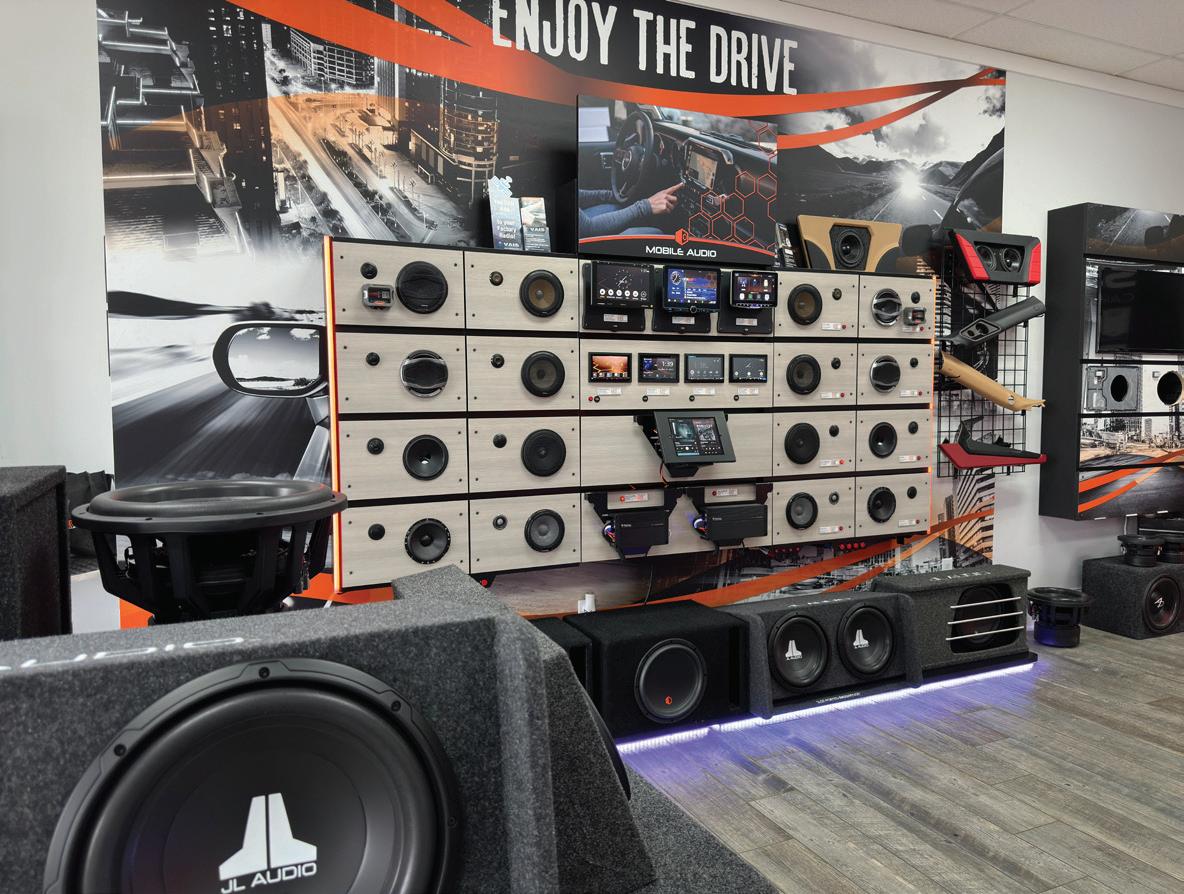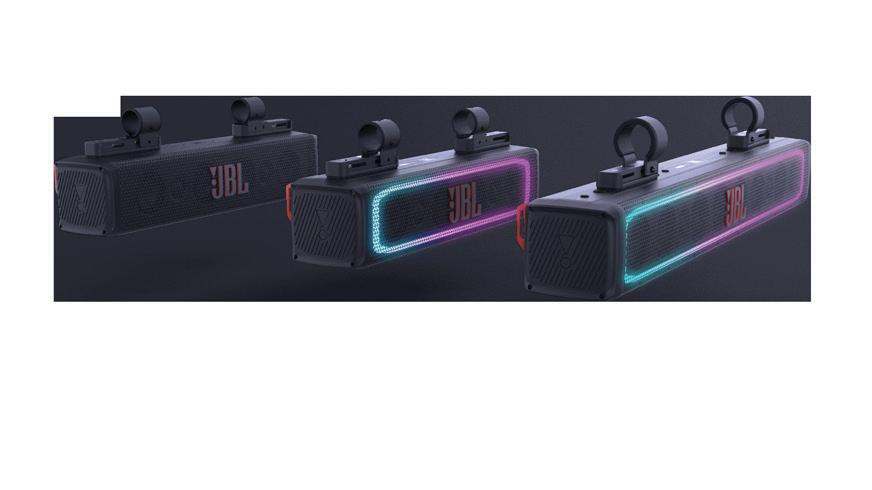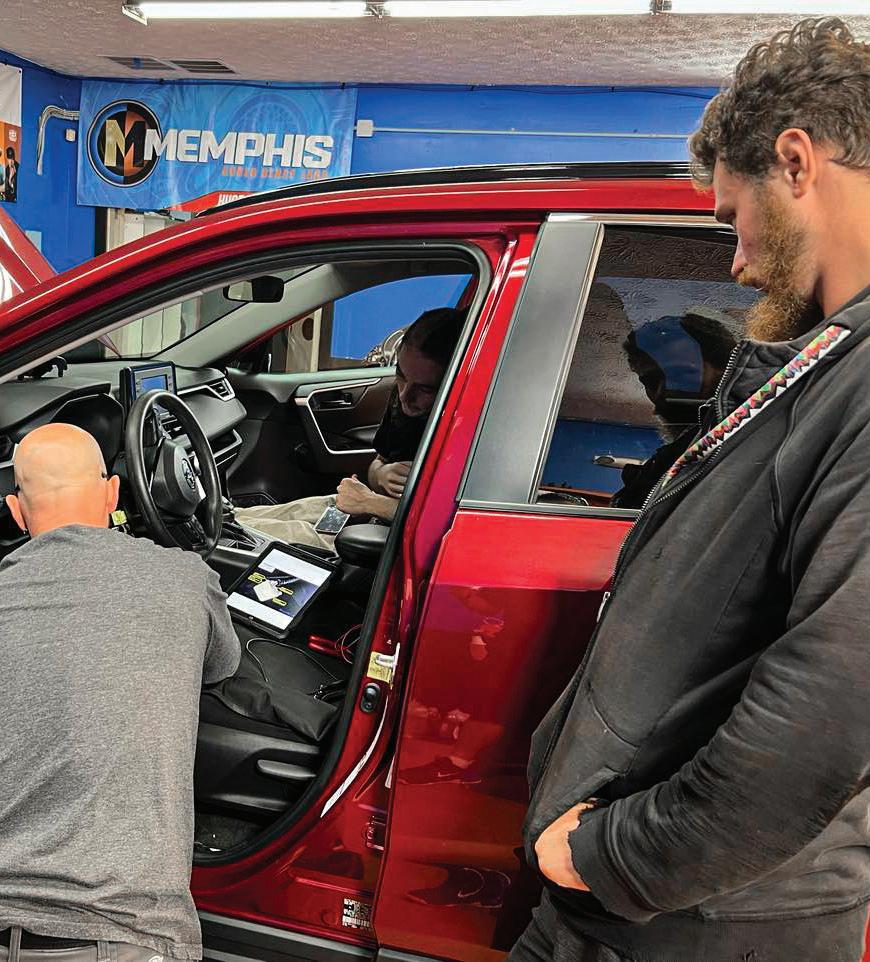
4 minute read
what’s happening
myself walking through the store, things I was used to seeing stuck out at me. I come in every day and don’t see some things because it’s routine. When I watched the video, I saw little things throughout the store that I needed to fix,” he explained.
Smith advised having a good friend or a good customer walk around the store, “and tell you what they like, what they don’t like—what sticks out to them. Have them be honest with you.”
He feels some businesses don’t have a good support system in place for their employees. Such issues may cause otherwise passionate technicians and salespeople to leave the industry entirely. Business owners should therefore work on cultivating an environment with a positive store culture and ample growth opportunities.
He noted that forging more connections with distributors and manufacturers reps and at trade shows, including smaller shows, might be one way of reaching additional retailers to encourage them to attend trainings. “If you can get into distributors that are putting on shows, and get to their salespeople, you might have a larger impact,” he said.
STILL LEARNING? TAKE IT ONE STEP AT A TIME
Rookie of the Year Jeremy “Taco” Peterson of Speakerbox Autosound & Accessories in Huntsville, Ala. said that store culture and work environment will always be top priorities in any field. In relation to the 12-volt industry, he said, “the sheer amount of information to learn” is a challenge. To keep from getting overwhelmed, Peterson focuses on sections or “phases” of information, trying not to do too much at once.
“Two short years ago, I didn’t know the difference between a data harness and a DSP,” he said. “I started learning to cross-reference dash kits and wiring harnesses for radio upgrades. That took several weeks to get the hang of, and then we added speaker sizes and locations. All of these things are easy enough to find now, but on day one, I had no idea where to start.”

Today, he said he has basic information “pretty well in-hand,” and “I’ve started dabbling in more advanced integration and DSP-based systems.” However, sometimes, he added, “Even the basic stuff will still throw me a curveball. I try to stay on my toes and always do all of the research necessary to avoid any ‘rookie’ mistakes.”
Another difficult thing to master, he said, was building value for the customer. “While there are some low-cost DSP options, typically a DSP system—DSP and amplifier or amplifier with onboard
DSP, and full speaker upgrade—ends up north of $2,500, which is far more than most of OUR customers plan to spend. I know many stores have customers who drop $2,500 very easily. With full-tilt, top-of-the-line equipment these systems often breach five-figure totals. Over the last couple of years, with guidance from my team as well as industry peers like Dan Bowman and Robert Kowatch, I have learned some talking points and techniques to help customers see that value, which leads to closing more sales of these types of systems.”
When selling the idea becomes easier, he said, the challenge becomes more refined: “Finding the best way to maximize value for each individual customer and their goals, which is much more fun than just trying to make it make sense to the client to begin with.” As he moves forward in his career, Peterson said he’s enjoying learning about DSP systems. “I’m actually preparing to learn to tune them myself,” he added. “I’m going to start with my own car and the Audison bit Drive software, in order to help me fully grasp all of the capabilities of a DSP and how to make every customer who walks through the door want one in their car.”



Additionally, his vehicle will serve well for demonstrations, he added. “We can talk about this stuff for days on end, or we can let the customer listen for two minutes and close the sale.”
Smith echoed this approach, and said that when it comes to qualifying the customer, he seeks common ground and leans on demonstration. “Use a demo. Ask if they have a home theater.
Explain how this allows us to do that in a vehicle,” he said. “Or, if it’s a car guy, you could say it’s like doing a dyno after tuning your car to maximize tuning. Or, if they aren’t a car person and don’t have home theater, I tell them the DSP allows us to control the final outcome of the speaker to maximize its performance for the vehicle.”
Smith also utilizes his own demo vehicle, which allows him to switch between DSP and a basic setting. “I can show the difference between the two. That’s the power of the demo. Then you need to simplify it into terms your customer understands.”
For those who are car audio aficionados, he said, there can be the tendency to get into the “nitty gritty” tech side of things. “Then, the customer’s eyes glaze over. They don’t care what it is. They care about the end result,” he said, adding, “Understand the customer and find a relatable common ground.”





Adam Devine DEVINE CONCEPTS AUTOMOTIVE DESIGN Naples, Fla.

Alan Lindgren SPEED OF SOUND LLC Summerville, SC
Andrew Buchok AUDIOCRAFT Lubbock, Texas
Andrew Woodward ELEVATED AUDIO, INC. Denver, Colo.
Angel Rivera
LAKETOWN SPEED AND SOUND Draper, Utah
Archie Speaks
SAVANNAH CUSTOM CAR AUDIO Savannah, Ga.
Arturo Ceballos AUDIO BY ART San Antonio, Texas
Austin Duprey NET AUDIO Wichita Falls, Texas
Austin Moore TITAN MOTORING Nashville, Tenn.
Austin Thorne TUNES-N-TINT Lakeland, Fla.
Ben Freeman TRAFFIC JAMS MOTORSPORTS Buford, Ga.
BJ Curcio
BROKEN SILENCE CUSTOM CAR AUDIO Greenwich, Conn.
Bryan Turvaville 806 AUTOWORKS Amarillo, Texas
Callum Martin AV-DC PTY LTD Panorama, S. Australia
Carlos Parra AUDIO ADDICTION Temecula, Calif.
Chad Schreiber SCHREIBER AUTOMOTIVE DESIGN San Diego, Calif.

Chase Beaujean SOUND EVOLUTION LLC Houston, Texas
Christian Herrera NOLA SOUND SOLUTIONS New Orleans, LA
Colton Wadley
PRO AUDIO 4×4 Provo, Utah
Conrad Leduc SUDBURY CAR AUDIO Val Caron, Ontario
Cory Vaillancourt DC CAR AUDIO Sarni, Ontario








